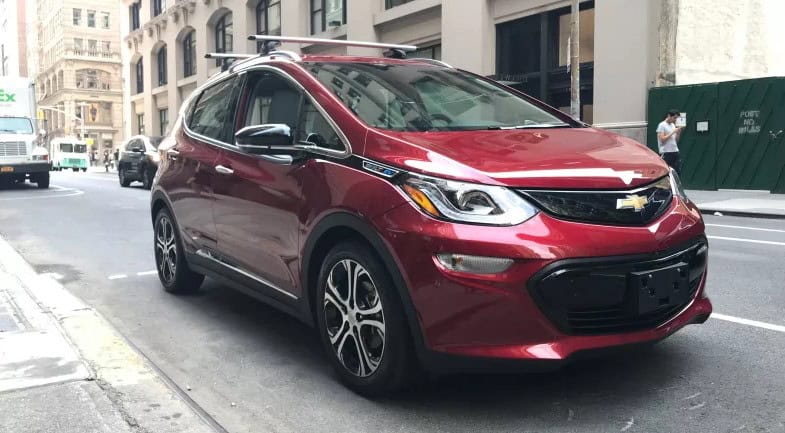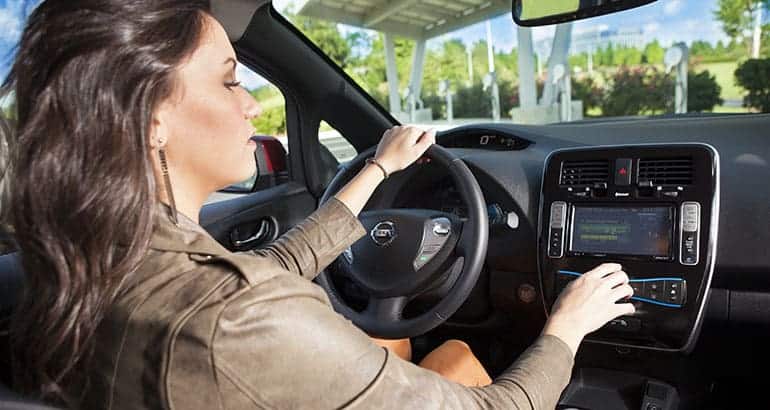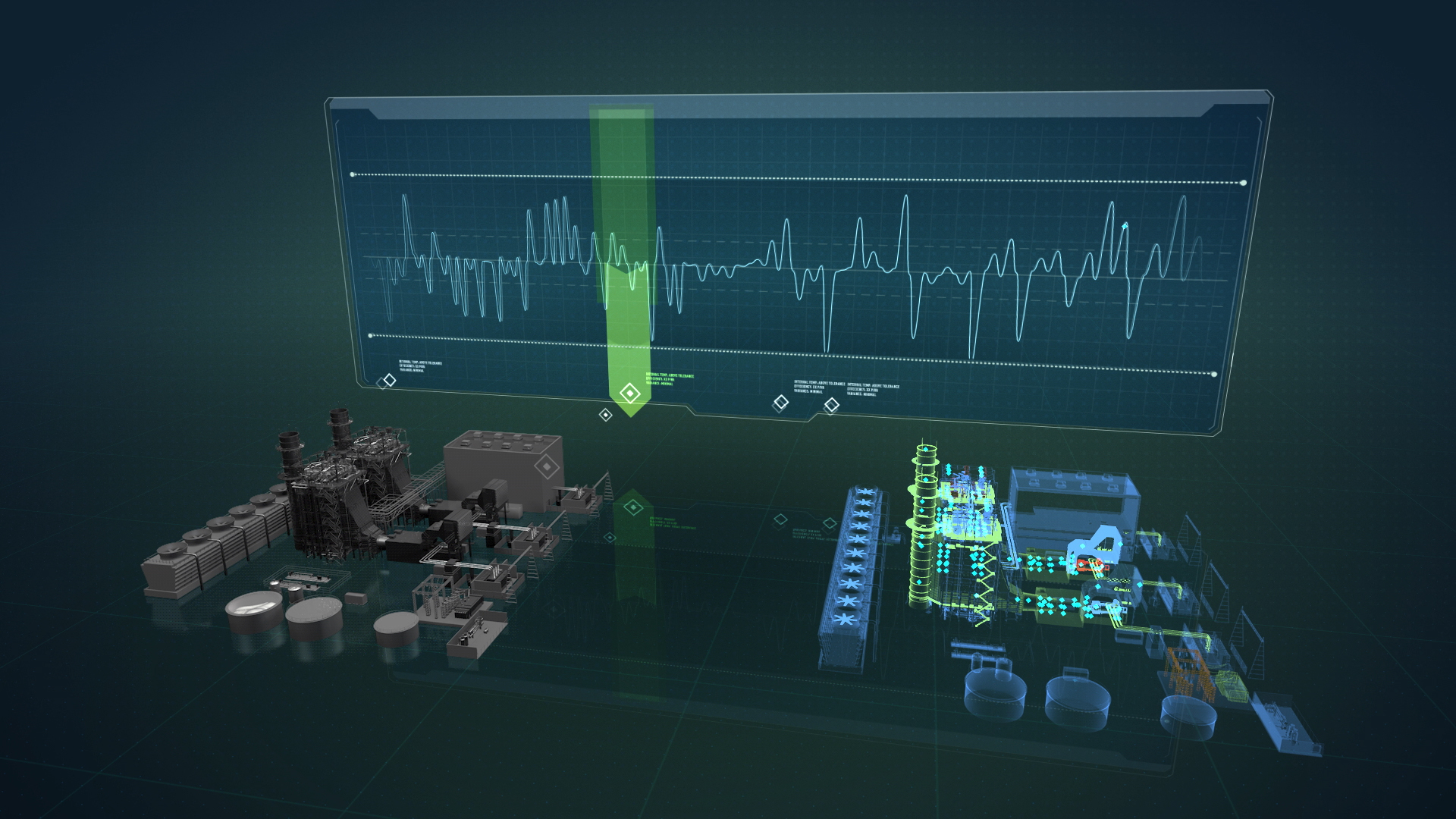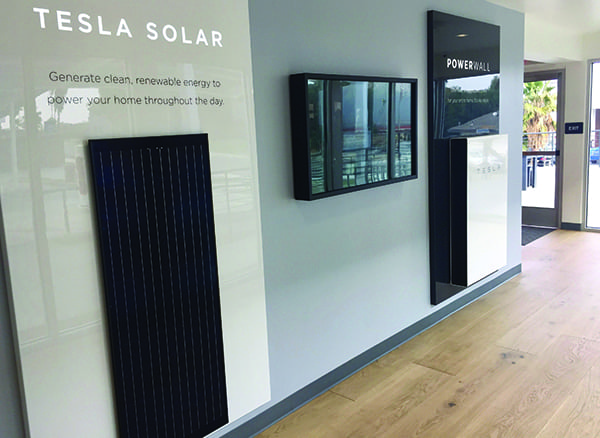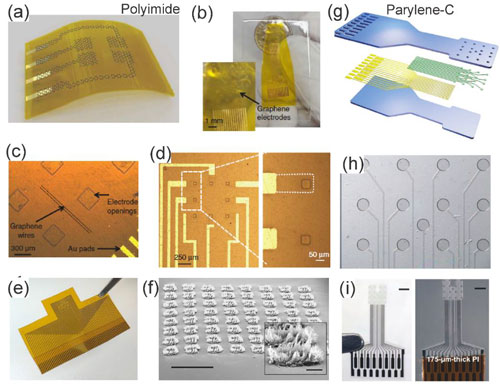
The term bioelectronics, or bionics for short, describes a research field that is concerned with the integration of biological components with electronics; specifically, the application of biological materials and processes in electronics, and the use of electronic devices in living systems.
One day, bionics research could result in neural prostheses that augment or restore damaged or lost functions of the nervous system – restore vision, healing spinal cord injuries, and ameliorate neurodegenerative diseases such as Parkinson’s.
Bioelectronics has benefitted greatly from the miniaturization offered by nanotechnology materials such as carbon nanotubes graphene (see for instance our previous Nanowerk Spotlights Eavesdropping on cells with graphene transistors or Nanotechnology to repair the brain.
Graphene bioelectronics has become a ground-breaking field that offers exciting opportunities for developing new kinds of sensors capable of establishing outstanding interfaces with soft tissue (see for instance: Light-driven bioelectronic implants without batteries). Graphene-based transistors, as well as electrode arrays, have emerged as a special group of biosensors with their own peculiarities, advantages and drawbacks.
Reviewing the progress of the field from single device measurements to in vivo neuroprosthetic devices, researchers from the Institute of Bioelectronics at Forschungszentrum Jülich in Germany, have published a review paper about graphene bioelectronics in 2D Materials (“Graphene & two-dimensional devices for bioelectronics and neuroprosthetics”).
The authors, Dmitry Kireev and Prof. Andreas Offenhaeusser, present a comprehensive overview of the use of graphene for bioelectronics applications; specifically they focus on interfacing graphene-based devices with electrogenic cells, such as cardiac and neuronal cells.
“Graphene possesses a number of important properties that may make it a game changer for future bioelectronics,” Kireev, the review’s first author, tells Nanowerk. “Above all and important for neuroscience, it was found to be biocompatible and completely stable in liquids and electrolytes. Excellent conductivity as well as transistor amplification properties allow graphene to be used for active parts of biosensors with extremely large sensitivities.”
In their review, the authors focus on a special kind of device that utilizes graphene as its active sensor material for extracellular signal detection. Starting with a short explanation of graphene-based devices, they then discuss in detail the reasons for the importance of graphene for future bioelectronics.
The paper provides a detailed description the working principle of two main graphene-based electronic devices that are currently used in bioelectronics applications: graphene field effect transistors (GFETs) and graphene multielectrode arrays (GMEAs). The authors discuss in detail the advantages and drawbacks of these devices.
The authors in-depth discussion includes past developments in order to provide a profound understanding of fundamental problems that have already been solved in order to guide future research.
Useful for researchers in the field, the paper provides a detailed time line of the development of GFETs and GMEAs, complete with key benchmarking properties.
The authors end their review with a structured perspective on future developments expected in the field.
“Basic research on graphene’s properties and proof-of-concept applications/devices is now concluding or at least declining,” notes Kireev. “We believe that research is now in the phase of optimizing these devices and searching for novel designs and approaches to utilize the given advantages of graphene and at the same time neutralize its drawbacks.”
The authors believe that the most intriguing outcome of the discovery of graphene has been the formation of a new research field: 2D materials science. Surprisingly, it appears that a myriad of standard bulk materials, such as silicon, germanium, and MoS2, whose properties have been known and studied for a long time, change their properties dramatically when thinned down to one or several monolayers. Some materials become semiconducting, some become fluorescent, and others become superconducting or create specific surface bonds. Other materials, such as 2D Ti3C2-MXenes, are suddenly sensitive to neurotransmitters, such as dopamine, creating an ultimately interesting device for neuroelectronics.
“The example of graphene and its usage for bioelectronics, which is exceptionally interesting, paves the way for further original research and exploration yet to come, possibly utilizing other 2D materials or graphene in standard forms (GFETs & GMEAs) or in the form of completely new devices,” Kireev concludes.
